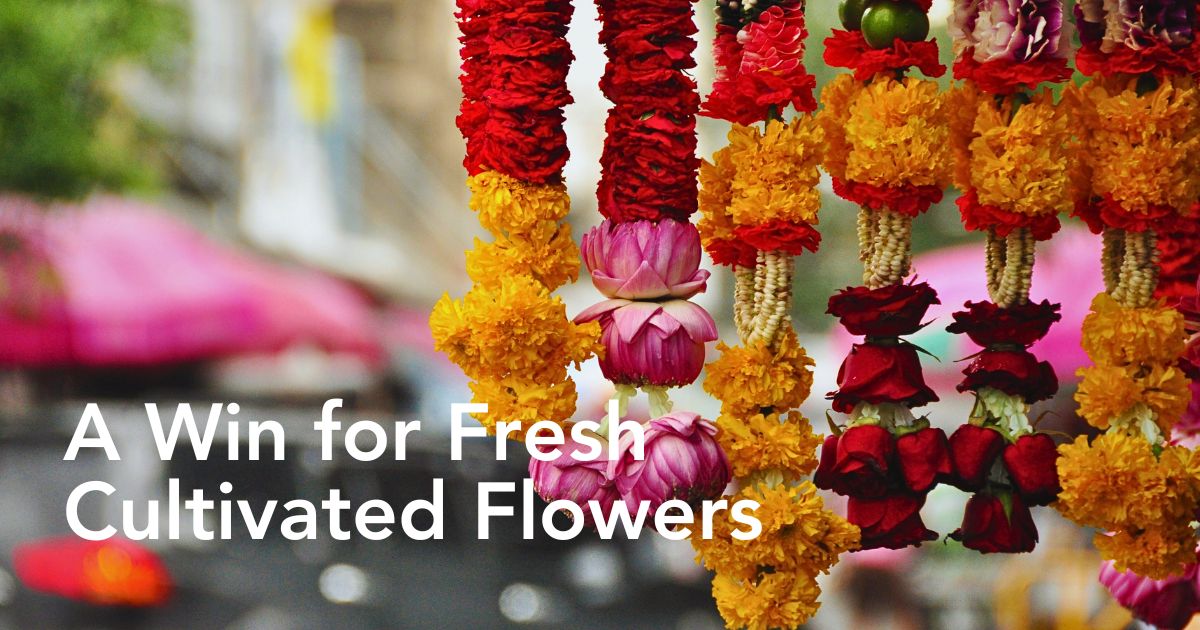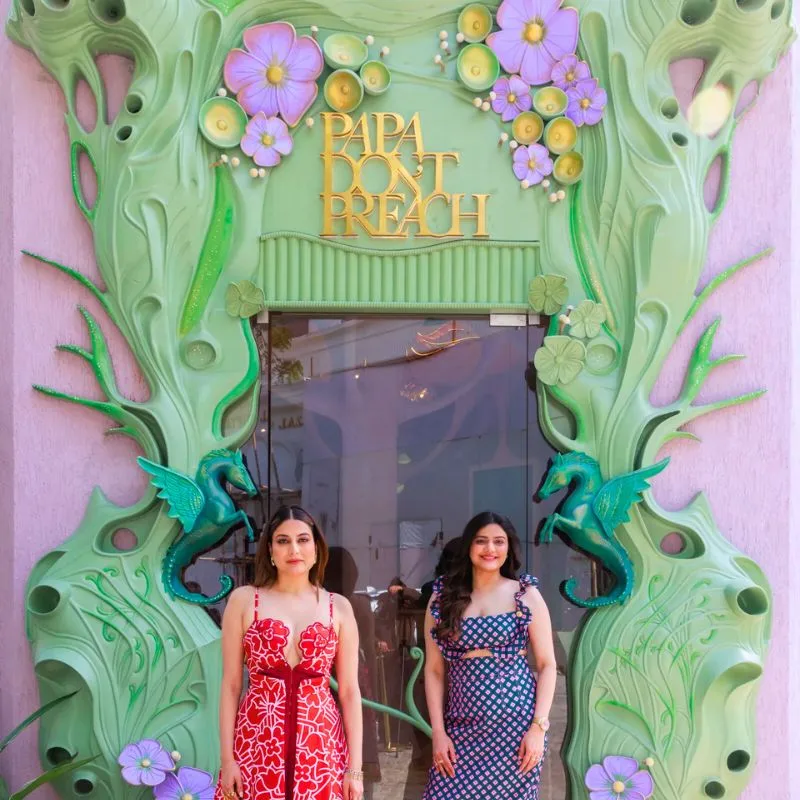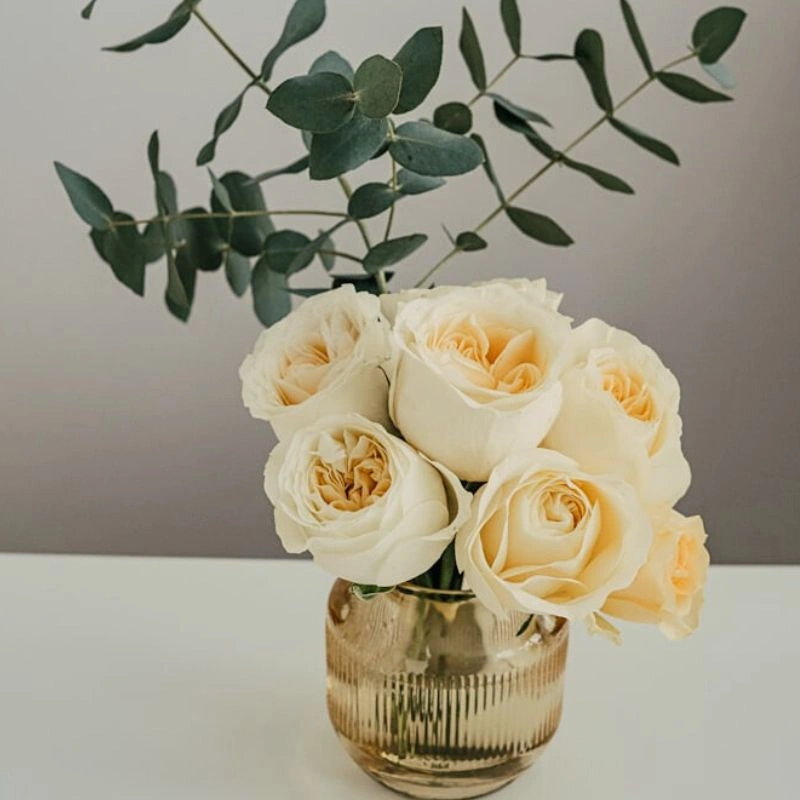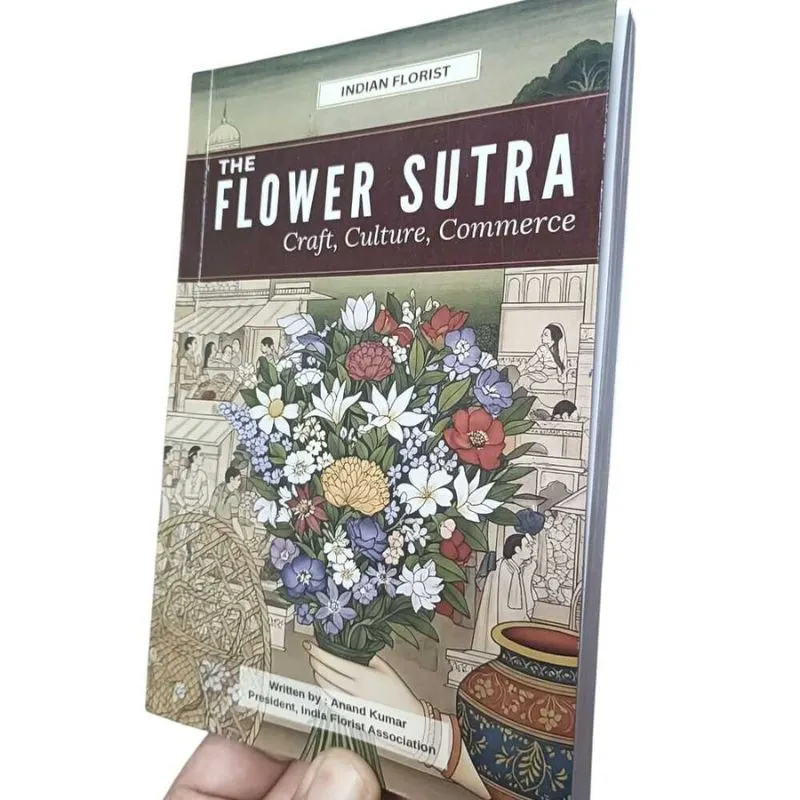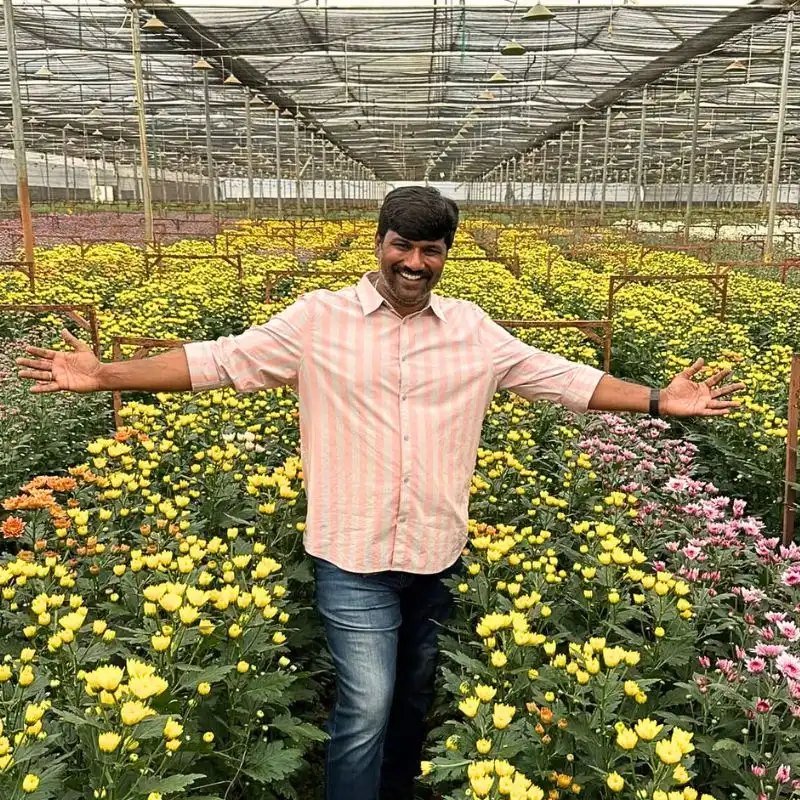India is a country awakening to ecological responsibility; the choice between plastic flowers and those that are fresh and cultivated has never mattered more. Proceedings in the Bombay High Court recently thrust that choice into the spotlight, highlighting this very issue. The court questioned why plastic flowers were not included in the list of banned single-use plastic items.
A filed affidavit, which stated that plastic flowers were not part of the ban, sparked quite a conversation about sustainability, beauty, and the choices that people make. The affidavit from the Union government insisted that synthetic flowers lay outside the ban. It claimed that they lacked high littering potential and had low utility. That stance lit a flare of public curiosity.
A Courtroom Spark Ignites Debate
The Centre’s affidavit leaned heavily on an expert committee’s silence: because the panel never singled out plastic flowers, officials argued they could not widen the ban alone. Chief Justice Alok Aradhe and Justice Bharati Dangre were unconvinced. The judges referred to government notifications that prohibit single-use plastics that cannot be recycled or decomposed, pressing for proof that these dye-soaked, petroleum-based faux flowers can be recycled or biodegraded.
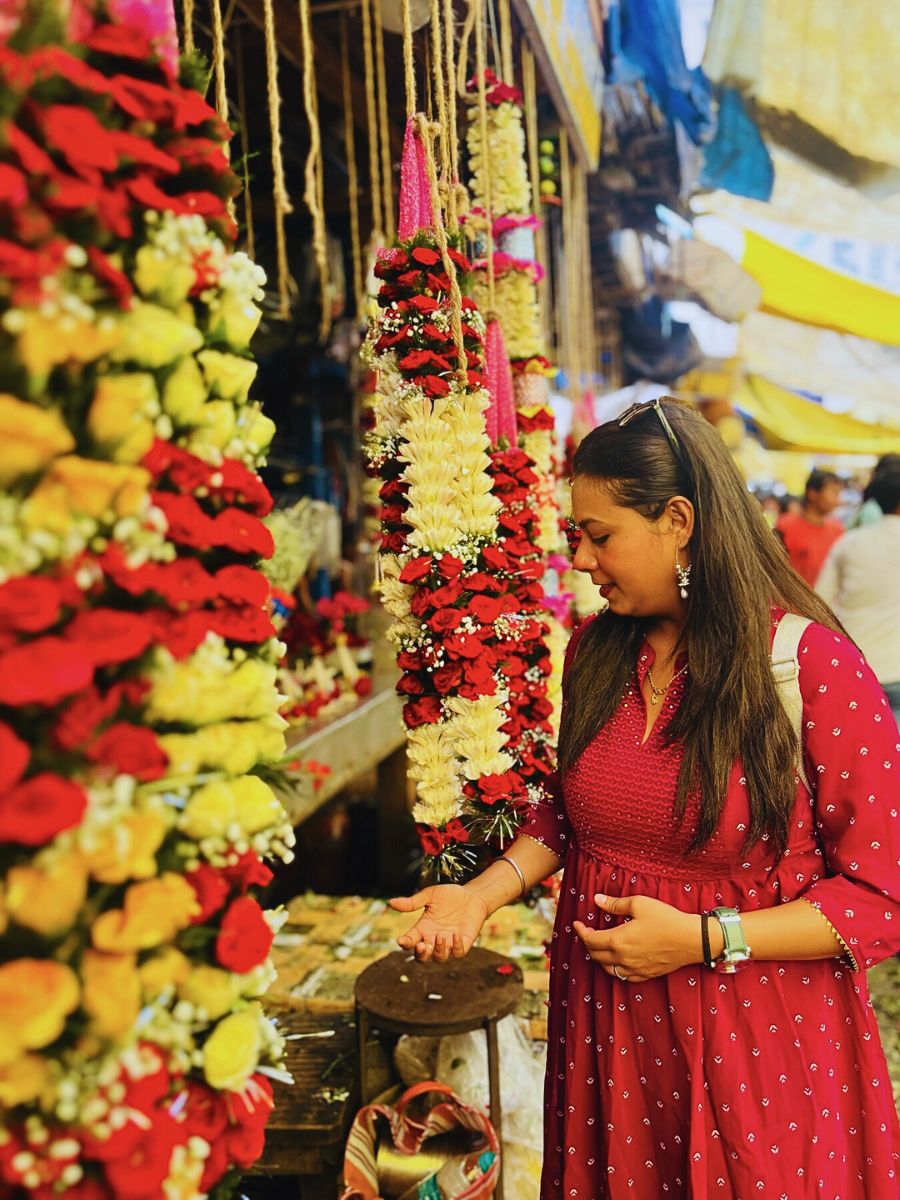
The bench asked:
“Is the Union government sure that plastic flowers can be recycled, or that they are biodegradable? They are so flimsy. Can they be recycled? Are you sure plastic flowers cannot be included in this list?”
Most decorative stems, the judges observed, are thinner than one hundred microns, the very threshold that already attracts penalties for bags and wrappers, so why the indulgence? Their pointed questions turned attention towards an obscure regulatory gap and reminded the country that environmental law must evolve alongside science.
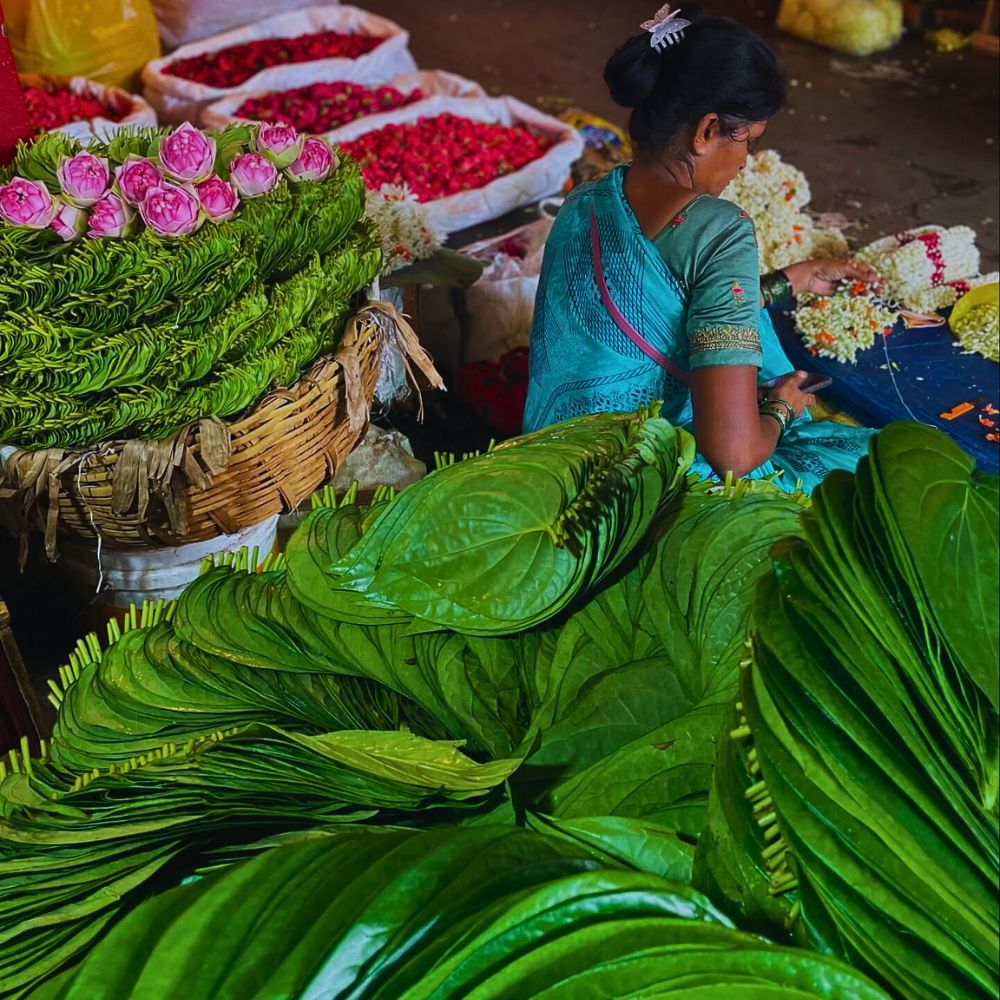
Plastic Flowers May Be Pretty, but They Are Perilous
Behind the legal wrangling is a sobering ecological truth. While plastic flowers may not wilt, they never truly disappear. Essentially, plastic flowers may seem like a convenient, long-lasting alternative to fresh flowers, but their environmental impact is anything but beautiful. These artificial decorations do not decompose and persist in landfills and natural habitats for hundreds of years, contributing to the mounting plastic waste crisis. Their flimsy structure and mixed materials make them nearly impossible to recycle efficiently, leading to more waste and pollution.

When discarded, plastic flowers can end up in water bodies, harming aquatic life and polluting ecosystems. Every discarded garland lingers for periods in landfills or drifts downstream to the sea. Pigments, wireframes, and foam fillers render genuine recycling imaginary, so the vast majority end their lives as litter that chokes drains, smothers soil, and endangers wildlife. Marine researchers have extracted shreds of faux marigold from turtle stomachs, while farmers complain that broken petals clog irrigation pumps after festivals.
The Growers' Flower Council of India (GFCI), an association of independent growers, exporters of cut flowers and ornamentals, input suppliers, florists, wedding decorators, and each beneficiary in the chain of flower consumption by end users, is the petitioner in the case. They sought direction from the Centre on the prohibition of the use of plastic flowers. They calculate that most decorative plastic weighs barely thirty microns, allowing it to escape waste-sorting machinery and scatter like toxic confetti across fields and rivers.
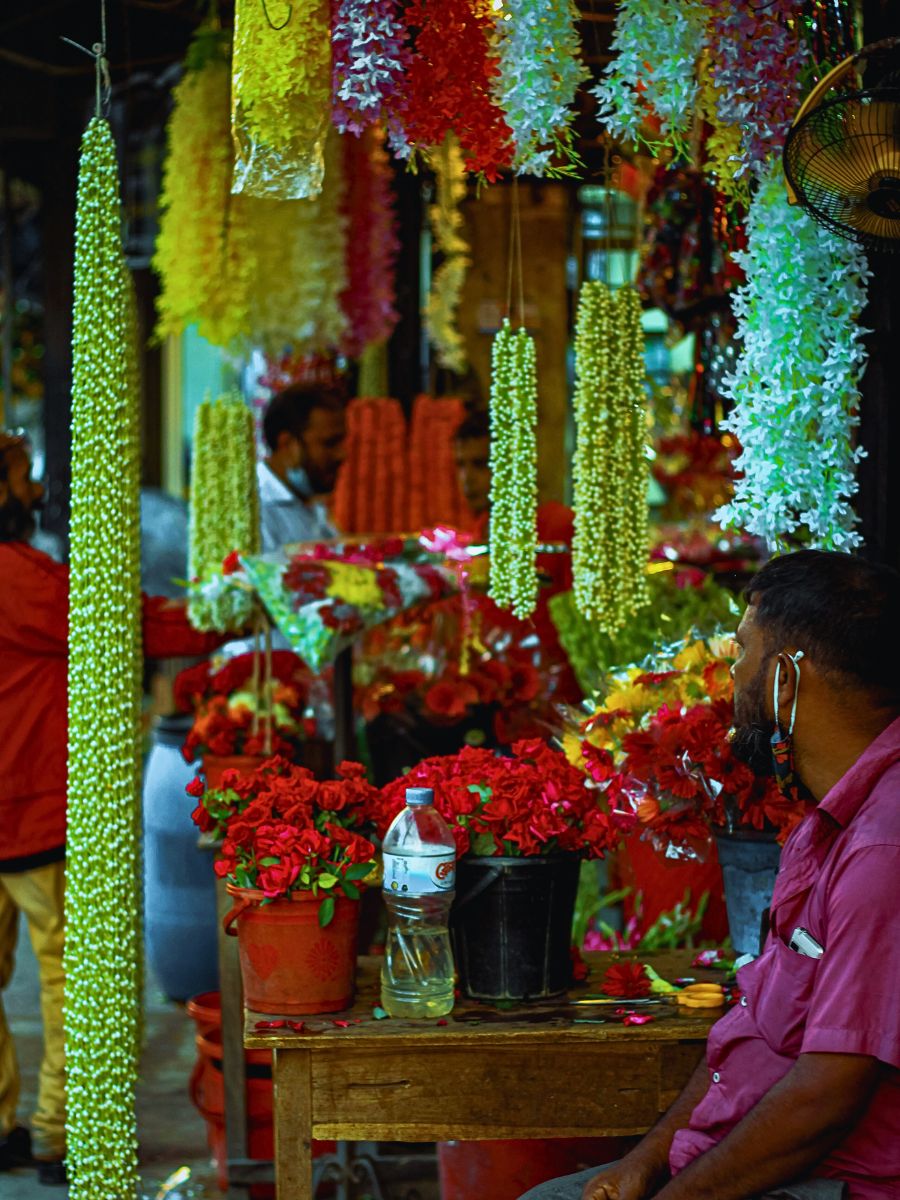
The Appeal of Real Flowers
Fresh, locally cultivated flowers, on the other hand, tell a livelier story. Grown in soil and nourished by sun and rain, authentic petals join nature’s circular economy: once they die and their color fades, they return to earth as nutrient-rich compost ready to feed the next crop. Their fragrance, texture, and seasonal variety also engage every sense and create emotional connections that plastic can never replicate.
A bundle of roses gathered before dawn carries the cool hush of morning, while a braid of jasmine releases perfume, creating an olfactory appeal. Choosing real flower bouquets, therefore, becomes a vote for regenerative flower farming, cleaner environments, and fresher air.
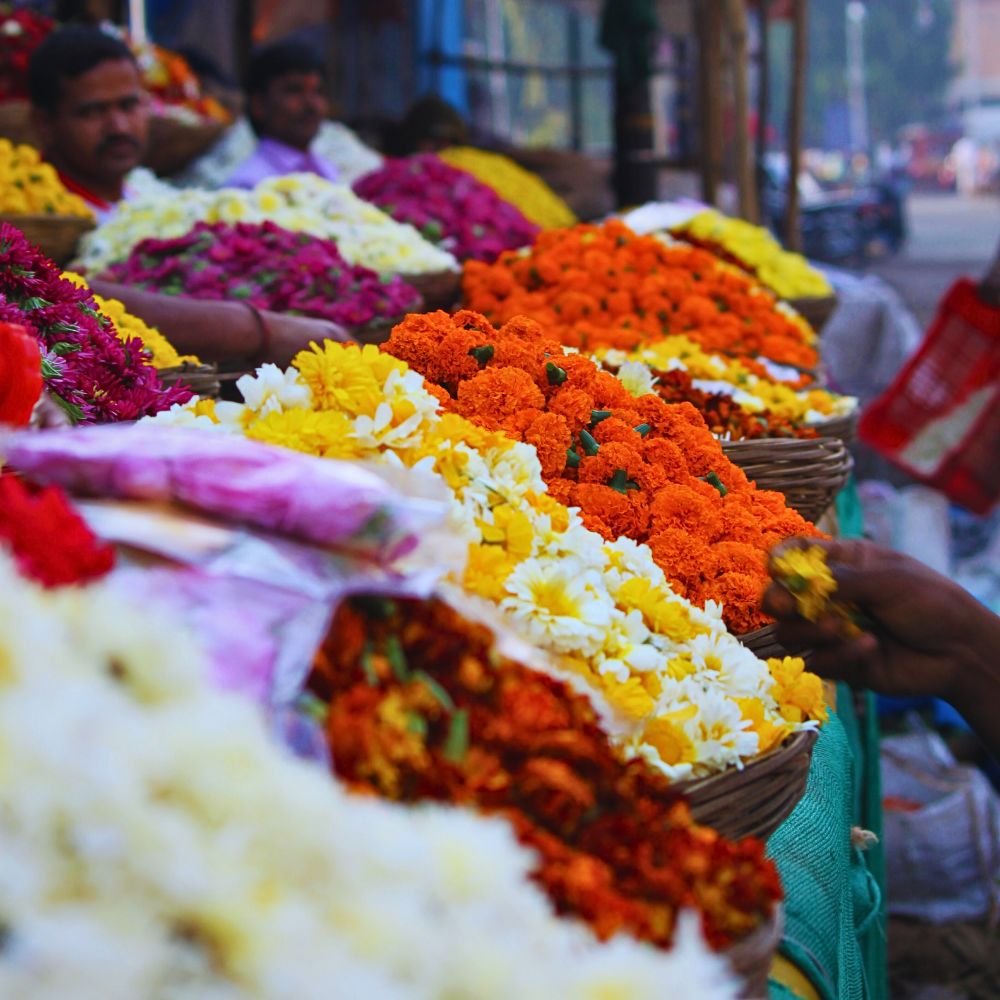
Flower Farmers, Florists, and Flourishing Communities
Opting for real flowers does far more than please the eye. It sustains a thriving network of growers, pickers, florists, decorators, and transporters who ferry the flowers from the rural areas to the city. The industry also offers dependable income to smallholders, empowers thousands of women in rural districts, and rewards the cultivation of indigenous varieties that keep biodiversity alive. Every sale preserves ancestral know-how, from organic pest deterrents to the artful braiding of garlands placed on temple doorways.
Weddings, festivals, and daily rituals become more meaningful when adorned with real flowers. They symbolize life, growth, and the fleeting beauty of the present moment—values that are unheard of when it comes to plastic flowers. This authenticity reverberates deeply with the human need for genuine connections to the natural world.
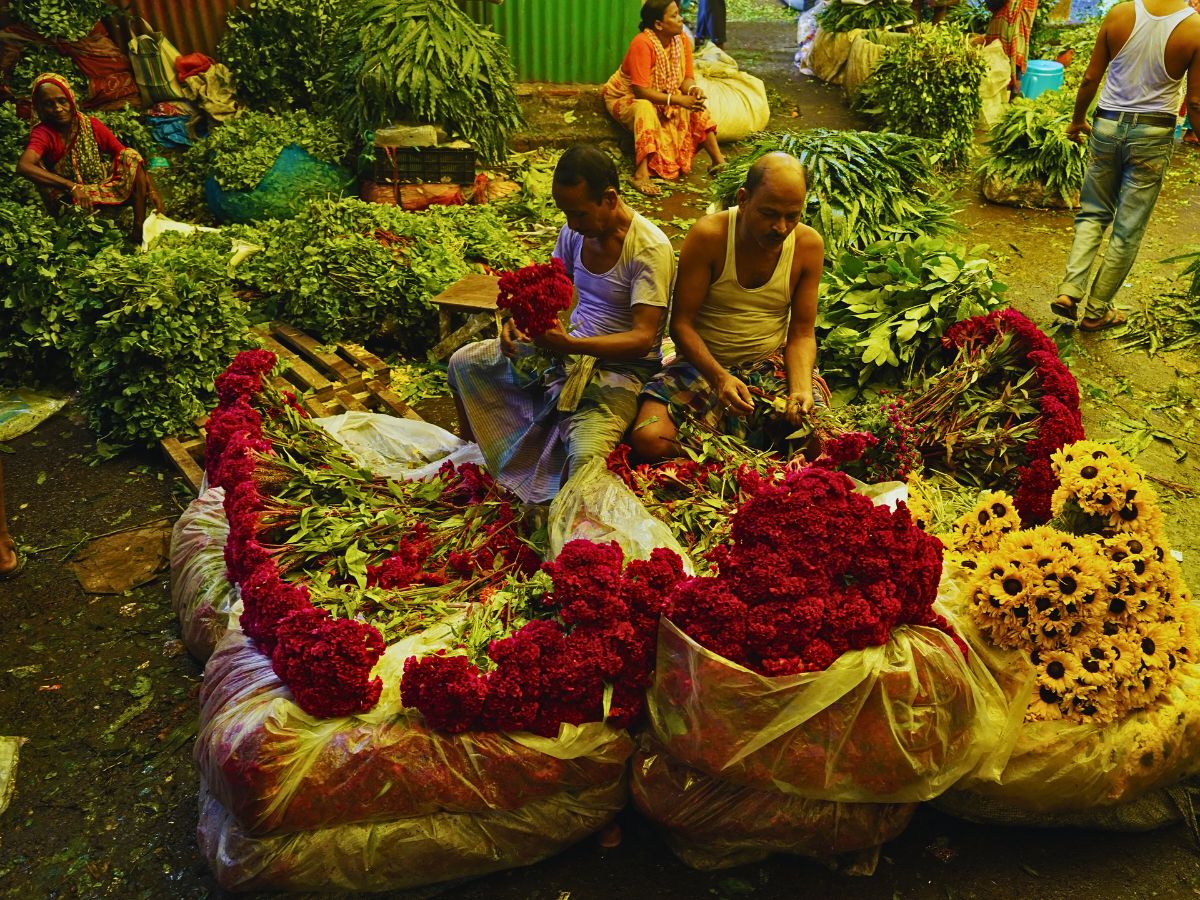

Turning Policy Gaps Into Opportunities
The Bombay High Court has, as a result, directed the petitioners to file a rejoinder, ensuring the spotlight stays fixed on the plastic-flower loophole. Meanwhile, Maharashtra’s Pollution Control Board has already imposed fines on decorators who ignored earlier warnings and used plastic floral materials, showing that relevant agencies can act decisively when rules are clear.
Yet the most persuasive regulation is consumer preference. Event planners across Mumbai now market zero-plastic floral décor, and temples in Pune compost daily offerings, turning devotion material into rich topsoil. Each gesture nudges both markets and lawmakers toward an era where beauty and responsibility thrive together.
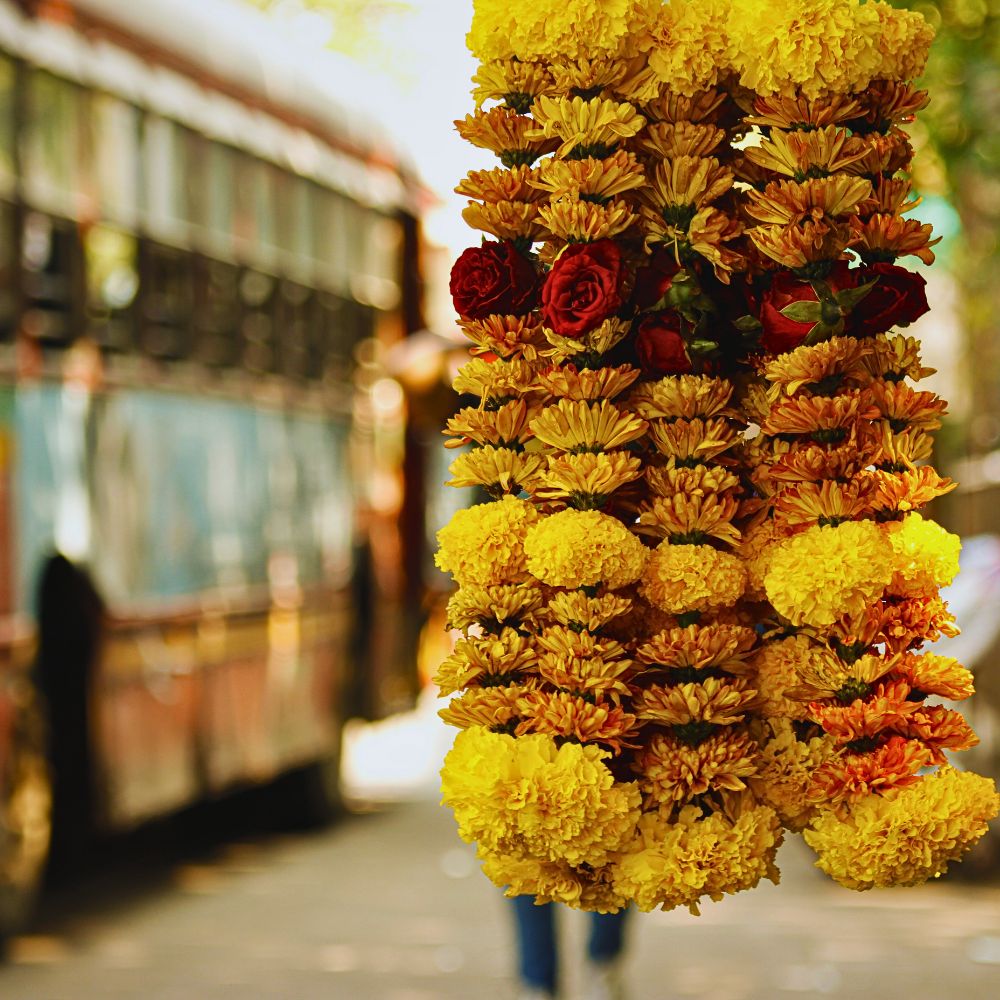
While the affidavit may have parked plastic flowers outside the ban for now, the courtroom exchange sparked something new: a collective yearning for floral authenticity. Real flowers show people that life’s finest moments are transitory and therefore precious, whereas plastic offers only a brittle imitation that lingers as waste.
Feature image by @_jinia_13, header image by I Do Nothing But Love.

